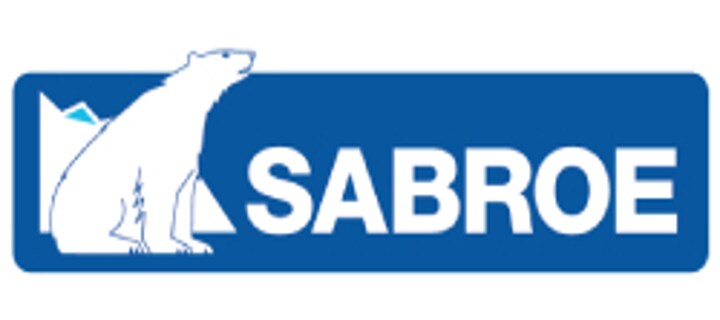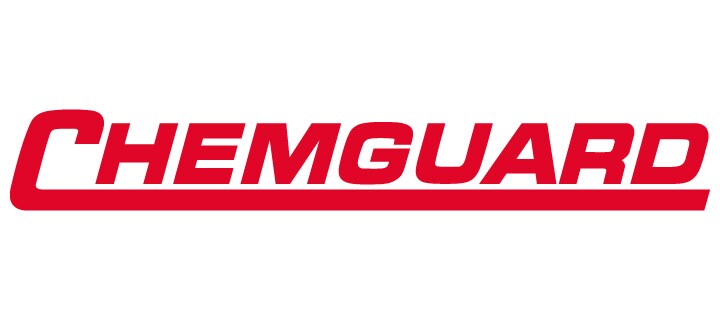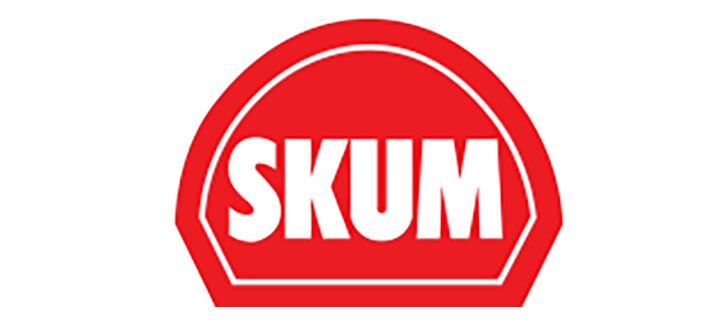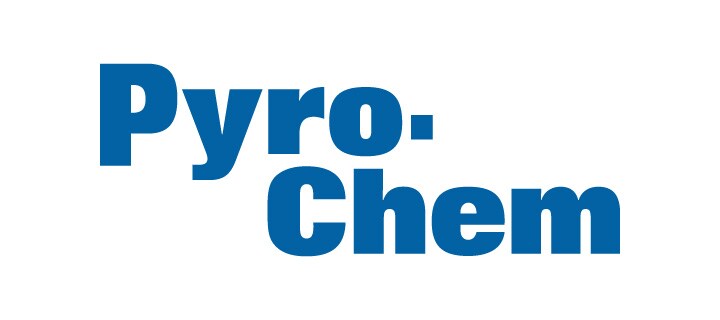- Johnson Controls
- Insights
- Iconic Partnerships that Powered Progress and Innovation
Iconic Partnerships that Powered Progress and Innovation
Visionaries like Edison, Grinnell, Johnson, and Rockefeller didn’t just dream – They built the future
From a classroom in Wisconsin to the surface of the Moon, the Johnson Controls journey is one of bold ideas, pioneering partnerships and world-changing technologies. It’s a story shaped by inventors, engineers and visionaries whose breakthroughs continue to influence how we live and work today.
It all began with Warren Johnson, a teacher who invented the room thermostat in 1885 and founded a company that would go on to lead the world in smart building innovation. Along the way, Johnson Controls has worked with icons like Thomas Edison, John D. Rockefeller and Dr. Jonas Salk, and played a vital role in historic moments - from protecting the UN headquarters to supporting NASA’s Apollo missions.
As we celebrate 140 years of progress, this feature explores the people, partnerships and technologies that have defined our legacy, and continue to shape the future of intelligent, sustainable buildings.
140 Years of Innovation and Ingenuity
The story of Johnson Controls is one of remarkable progress, beginning in a Wisconsin classroom and reaching all the way to the surface of the Moon. Along the way, our journey has been shaped by visionary inventors, pioneering partnerships and technologies that continue to influence the way we live and work.
Warren Johnson - Iconic Inventor and Founder of Johnson Controls
Our story began 140 years ago with Warren Johnson, a teacher from Wisconsin who invented the room thermostat. This ground-breaking innovation led to the founding of Johnson Controls in 1885 and laid the foundation for a legacy of smart building solutions.
Over the course of his career, Johnson secured more than 50 patents and helped transform how buildings are managed and experienced. In 1898, we installed a temperature control system in the University of Wisconsin’s new historical library. That building still houses the Wisconsin Historical Society today, preserving both our story and our commitment to progress.
Frederick Grinnell - A Forefather of the Fire Sprinkler
Frederick Grinnell is another key figure in our history. A true innovator, he invented one of the earliest automatic fire sprinklers and founded the Grinnell Automatic Sprinkler Company, which later became part of Johnson Controls.
Grinnell's pioneering work laid the foundations for modern fire suppression systems. In fact, many of his original ideas still influence our most advanced fire protection technologies today.
During his lifetime, Grinnell was awarded more than 40 patents for his contributions to fire safety.
Did you know?
Grinnell’s glass disc sprinkler invented in 1890 is still in use today.
Thomas Edison - America’s Most Iconic Inventor
A generation after Frederick Grinnell, another remarkable partnership began - this time with Thomas Edison. In 1914, a devastating fire destroyed much of Edison’s New Jersey laboratory. As he rebuilt, he turned to our engineers for support. This collaboration helped shape the future of fire protection and still influences our systems today.
Working directly with Edison, we developed the quartz bulb sprinkler head, a breakthrough alternative to the traditional solder-based design. It offered improved durability, faster heat sensitivity and greater resistance to internal pressure. During a visit to Edison’s lab in 1921, our engineers consulted with him on the best thermal expansion fluid. He recommended chlorinated hydrocarbons, particularly triplicate chlorides, for their high expansion rate, low freezing point and non-combustibility. By 1922, our sprinkler systems were installed in Edison’s rebuilt lab - a powerful endorsement of our technology.
John D. Rockefeller - American Business Icon
In 1907, John D. Rockefeller, one of the most successful businessmen in American history, sought greater comfort in his private residence. He turned to Johnson Controls for a solution. Over six years, we installed 76 thermostats in his mansion at Pocantico Hills, just north of New York City, providing precise temperature control throughout the estate.
Rockefeller, founder of Standard Oil and widely regarded as the wealthiest American of all time, valued precision and reliability. Our systems delivered both. The same commitment to room-by-room control now underpins our building management systems in hospitals, hotels and mission-critical facilities around the world.
John D. Rockefeller Jr - Leading Businessman and Philanthropist
Following in his father’s footsteps, John D. Rockefeller Jr continued the family’s legacy of philanthropy. When the United Nations established its permanent headquarters in New York City in 1951, on land donated by Rockefeller Jr, Johnson Controls was called in to make the building smarter.
We installed thermostats to manage over 2,500 individual air conditioning units in the 39-storey Secretariat Building, along with the central air conditioning system. This work supported the UN’s mission to promote peace, human rights and global cooperation.
Thomas Shipley - Johnson Controls York President
Thomas Shipley, younger brother of Johnson Controls York founder William Shipley, made a lasting impact on our history. After taking over leadership, he introduced the "York Plan" during the Second World War. This initiative encouraged manufacturers to collaborate, reduce retooling costs and fulfil defence contracts more efficiently.
The York Plan became a national model for wartime production and helped transform York into the largest refrigeration manufacturer in the United States. Shipley’s leadership set the pace for modern HVAC innovation and efficiency.
A Man on the Moon - Realising JFK’s Dream
In 1961, President John F. Kennedy set a bold goal: to land a crew on the Moon and return them safely to Earth. Johnson Controls played a key role in making that vision a reality.
Our climate control systems were installed in NASA’s Vehicle Assembly Building (VAB) at Kennedy Space Center, where Saturn V rockets were prepared for launch. Inside the VAB, precise temperature and humidity control was essential to protect sensitive components.
We installed four 2,500-ton York Turbomaster chillers and advanced pneumatic controls to ensure optimal conditions for rocket assembly. On 20 July 1969, the world watched as Neil Armstrong took his historic first steps on the Moon supported in part by our technology.
Dr Jonas Salk - Pioneer of the Polio Vaccine
When Dr Jonas Salk developed the first effective polio vaccine, maintaining precise environmental conditions was critical to its production. Johnson Controls installed temperature-regulating systems at Eli Lilly’s Indianapolis facility, where the virus was incubated.
Our systems kept the incubation rooms at a constant 35.5°C, enabling safe and consistent vaccine development. This partnership helped reduce polio cases in the United States by up to 90 percent within just two years.
Dwight D. Eisenhower - The Cold War President
During the Cold War, President Dwight D. Eisenhower launched a major initiative to strengthen national defence. In 1954, the US Air Force approved the construction of five Texas Towers - offshore radar stations designed to detect Soviet bombers.
Johnson Controls supplied the controls for the towers’ heating, ventilation and cooling systems, including direct radiation units, chilled water systems and exhaust fans. Our technology played a vital role in protecting national security during a time of global tension.
Supporting Pentagon Staff on 9/11
On 11 September 2001, amid the tragic events at the Pentagon, Johnson Controls systems helped support the emergency response. Quick-thinking staff used our building operations control centre - installed just two months earlier - to shut down air conditioning and close dampers, helping to contain smoke and limit further casualties.
We are proud of the role our people and technology played in supporting the heroic efforts of those on the ground that day.
US Presidential Push for Global Sustainability
In 2006, former US President Bill Clinton launched the Clinton Climate Initiative to promote sustainable urban development. Johnson Controls was among the first partners called upon to help realise this vision.
In 2009, we helped the Empire State Building reduce its energy use by 38 percent through a major HVAC controls upgrade. This project built on a long-standing relationship with the building, dating back to the 1950s when we installed compressors, air conditioning and temperature controls to improve comfort during the summer months.
As President Clinton later said, “Five years into the retrofit of the Empire State Building, we have seen carbon emission reductions and cost savings that show this is a model for the rest of the country.”






















.jpg?la=en&h=320&w=720&hash=244C75B74F0F77521D56164450973BCD)







































